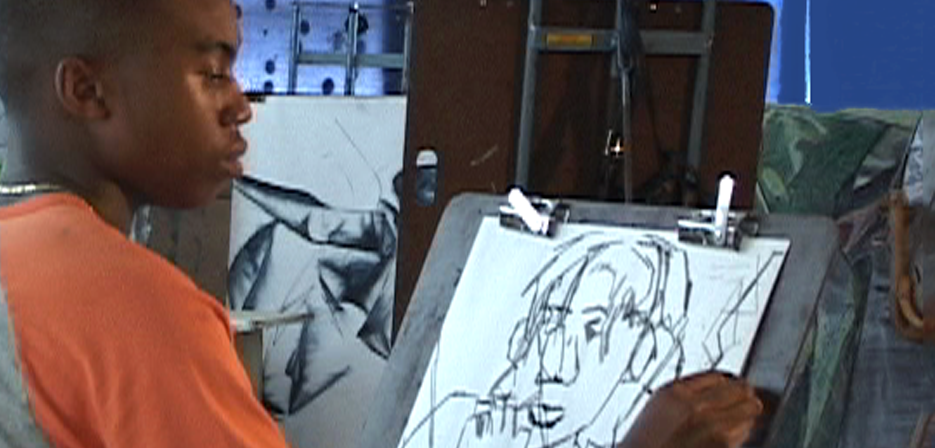

The Studio Thinking Project
A multi-year investigation in how the arts are taught, what students learn and how teachers design instruction for the arts
The Studio Thinking Project, funded 2001-2007 by the J. Paul Getty Trust, studied the kinds of habits of mind implicitly and explicitly taught in strong visual arts classes, and the classroom structures that facilitate this learning.
The research team worked in two Boston-area arts-centered high schools -- the Boston Arts Academy and the Walnut Hill School -- with five practicing artists committed to teaching. The study’s qualitative methods included interviews, video-observation, and rigorous coding documenting art teachers’ pedagogical intentions and strategies. Researchers conducted follow-up interviews with teachers following each observation.
The analyses resulted in The Studio Thinking Framework: Studio Habits of Mind and Studio Structures. The studio habits of mind describe eight dispositions students are taught so that they learn to think like artists. The studio structures are ways teachers organize time, space, and interactions in visual arts classrooms.
Findings are described in Studio Thinking: The Real Benefits of Visual Arts Education (2007), and in two later and expanded editions: Studio Thinking 2 (2013) and Studio Thinking 3 (2022). Studio Thinking from the Start: The K-8 Art Educator’s Handbook (2018), written with support from the Bauman Foundation, documents ways teachers across the US have adapted the original high school model for use with students in grades K-8.
The habits and structures have also helped teachers – in all arts and in other subjects – and have helped to clarify what is essential in shared courses with interdisciplinary teams. Findings also support arts advocates, policy-makers, funders, and researchers in understanding, describing, and investigating the thinking central to the arts that can be learned in studio classrooms.






-
-
-
-
-
-
Support PZ's Reach